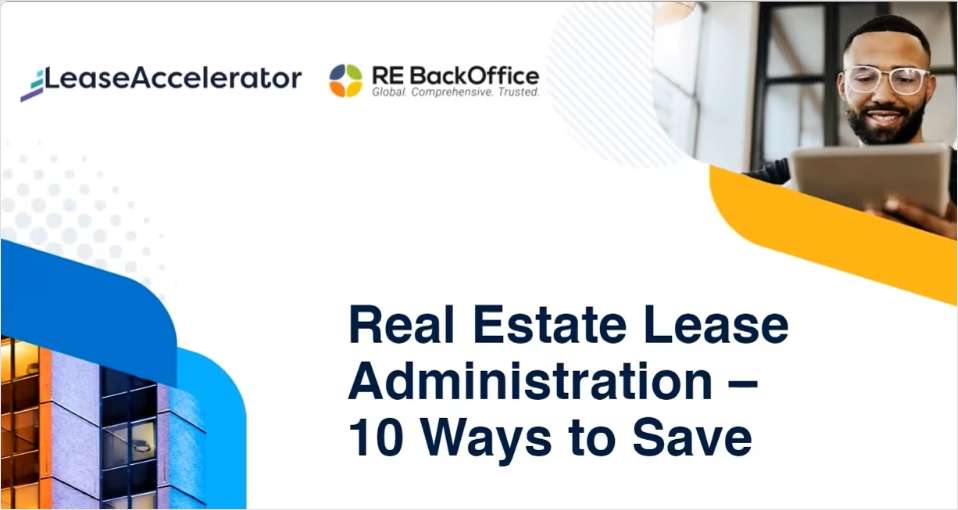 CHICAGO—Although the US economy pulled out of the tailspin caused by the 2008 financial crisis, the world does seem to be growing complex, with looming challenges due to turmoil in China, the possibility of more terrorism attacks, the way high-tech tools could transform the workplace, and many other factors. And, as reported in GlobeSt.com, the Chicago-based law firm Seyfarth Shaw decided it was time to take stock of how commercial real estate executives thought about the world and the challenges it now presents. Its “2016 Real Estate Market Sentiment Survey” also discovered how many felt about the possibility of future increases in interest rates, the growing “gig economy” and even which of the presidential candidates would best serve the CRE industry. This was the firm's inaugural effort doing this type of survey, but probably not the last. “The response to our survey has further validated the opportunity we saw for this type of new insight into the marketplace,” Ron Gart, a partner in the Washington, DC office, tells GlobeSt.com. “Based on the reaction, we are encouraged enough to go forward on an annual basis.” The respondents, who included owners, developers and brokers, largely took a “hawkish” attitude toward interest rates, and expect the Federal Reserve to increase rates this year. Seventy-one percent expect multiple rate increases, and 43% said the industry could handle an increase of 51 to 100 bps. “We have been riding the crest of a rebound for five or six years,” Gart says, and since so many metrics such as job growth remain positive, most respondents feel it is time for the zero or near-zero interest rate era to end. Still, “rising interest rates” are the top concern that CRE executives have about the coming year, topping issues such as supply/demand problems, US banking regulations, or maturing CMBS loans. “It's a bottom line expense,” Gart says, and landlords locked into long-term leases could be hurt by big rate increases. The best solution? “Anything that results in stability is what the real estate market wants to see.” The recent decision to boost interest rates is a good example, since it was telegraphed by Fed officials far in advance, giving the industry time to prepare. If the Fed adopts a similar strategy in 2016, with gradual rate increases preceded by signals that the market understands, it will probably allay these concerns. “When you can't plan that is the worst,” Gart says. “Having a sense of the future is critical.”
CHICAGO—Although the US economy pulled out of the tailspin caused by the 2008 financial crisis, the world does seem to be growing complex, with looming challenges due to turmoil in China, the possibility of more terrorism attacks, the way high-tech tools could transform the workplace, and many other factors. And, as reported in GlobeSt.com, the Chicago-based law firm Seyfarth Shaw decided it was time to take stock of how commercial real estate executives thought about the world and the challenges it now presents. Its “2016 Real Estate Market Sentiment Survey” also discovered how many felt about the possibility of future increases in interest rates, the growing “gig economy” and even which of the presidential candidates would best serve the CRE industry. This was the firm's inaugural effort doing this type of survey, but probably not the last. “The response to our survey has further validated the opportunity we saw for this type of new insight into the marketplace,” Ron Gart, a partner in the Washington, DC office, tells GlobeSt.com. “Based on the reaction, we are encouraged enough to go forward on an annual basis.” The respondents, who included owners, developers and brokers, largely took a “hawkish” attitude toward interest rates, and expect the Federal Reserve to increase rates this year. Seventy-one percent expect multiple rate increases, and 43% said the industry could handle an increase of 51 to 100 bps. “We have been riding the crest of a rebound for five or six years,” Gart says, and since so many metrics such as job growth remain positive, most respondents feel it is time for the zero or near-zero interest rate era to end. Still, “rising interest rates” are the top concern that CRE executives have about the coming year, topping issues such as supply/demand problems, US banking regulations, or maturing CMBS loans. “It's a bottom line expense,” Gart says, and landlords locked into long-term leases could be hurt by big rate increases. The best solution? “Anything that results in stability is what the real estate market wants to see.” The recent decision to boost interest rates is a good example, since it was telegraphed by Fed officials far in advance, giving the industry time to prepare. If the Fed adopts a similar strategy in 2016, with gradual rate increases preceded by signals that the market understands, it will probably allay these concerns. “When you can't plan that is the worst,” Gart says. “Having a sense of the future is critical.”
Continue Reading for Free
Register and gain access to:
- Breaking commercial real estate news and analysis, on-site and via our newsletters and custom alerts
- Educational webcasts, white papers, and ebooks from industry thought leaders
- Critical coverage of the property casualty insurance and financial advisory markets on our other ALM sites, PropertyCasualty360 and ThinkAdvisor
Already have an account? Sign In Now
© 2024 ALM Global, LLC, All Rights Reserved. Request academic re-use from www.copyright.com. All other uses, submit a request to [email protected]. For more information visit Asset & Logo Licensing.








